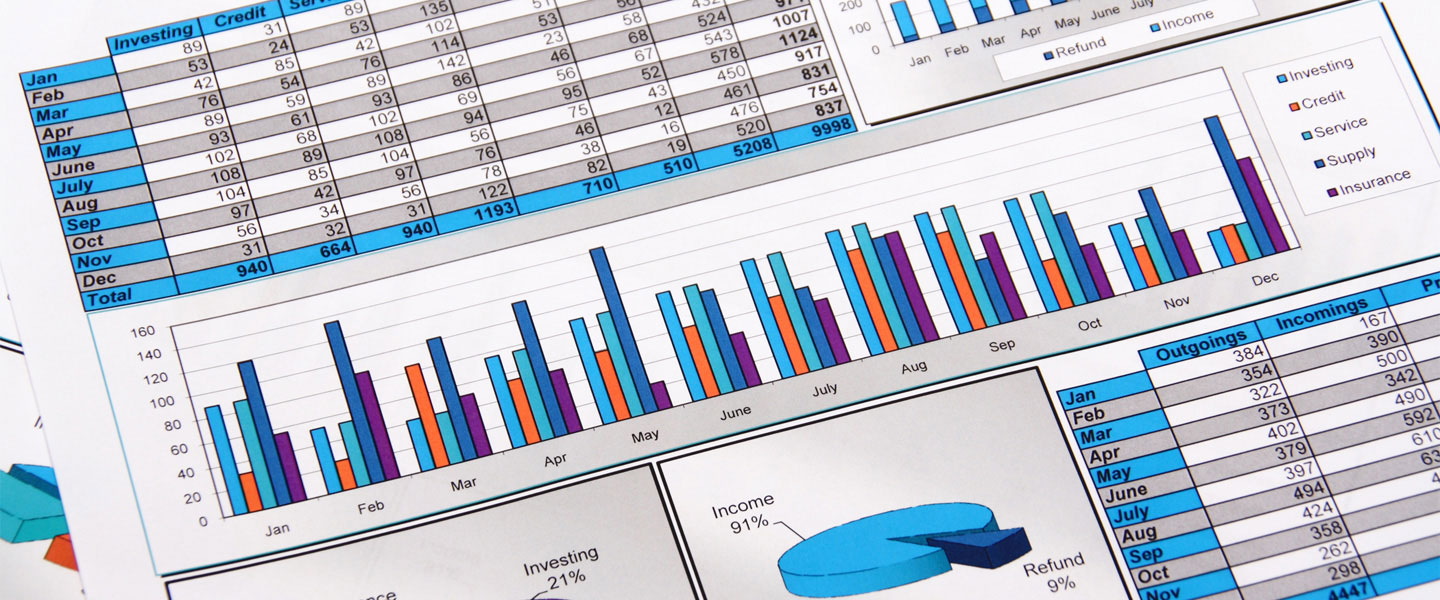IRS Payment Plan
When a taxpayer agrees to an installment agreement or payment plan, they agree to make regular monthly payments to the IRS until the balance is paid in full. This is necessary when a taxpayer has outstanding payments.

The IRS calculates the amount of the monthly payment for each person based off of the taxpayer’s income, allowable monthly expenses, and the time remaining in their Statute of Limitations. It’s important to work with a professional to determine which type of plan is best for you.
The IRS makes various Installment Plan programs available to taxpayers, such as:
-Streamlined Installment Agreement:
For taxpayers who have a tax debt under $25,000, a simple Streamlined Installment Plan can be applied for with IRS Form 9465. Payments for this agreement will be calculated using a 72-month payment plan, or divided by the months left in the Statute of Limitations for the debt, if less than 6 years.
-Fresh Start Streamlined Installment Plan:
An extension of the Streamlined payment plan, this program is for taxpayers who owe between $25,001 and $50,000. Limited financial information may be required due to the higher debt amount involved. Payments are calculated in the same manner as the Streamlined Installment Agreement.
-Partial Payment Installment Agreement:
This program was introduced in 2005 as a partial settlement/payment plan for taxpayers who owe more than they can pay before their Statute of Limitations expires. Taxpayers will need to provide documented proof of their inability to pay, as well as a letter explaining their current financial situation. The IRS will determine, through a full disclosure of financial documents, the monthly payment amounts. Once the terms of the Partial Payment Agreement are fulfilled, the remainder of the tax debt is forgiven.
-Tiered Installment Plan:
For taxpayers who owe less than $25,000 and have temporary financial difficulty paying their tax debt, a Tiered Installment Plan is suggested. With this program, the IRS will set low monthly payments for the first year of the agreement, with the payments increasing over time until the agreed pay-off amount is reached.
